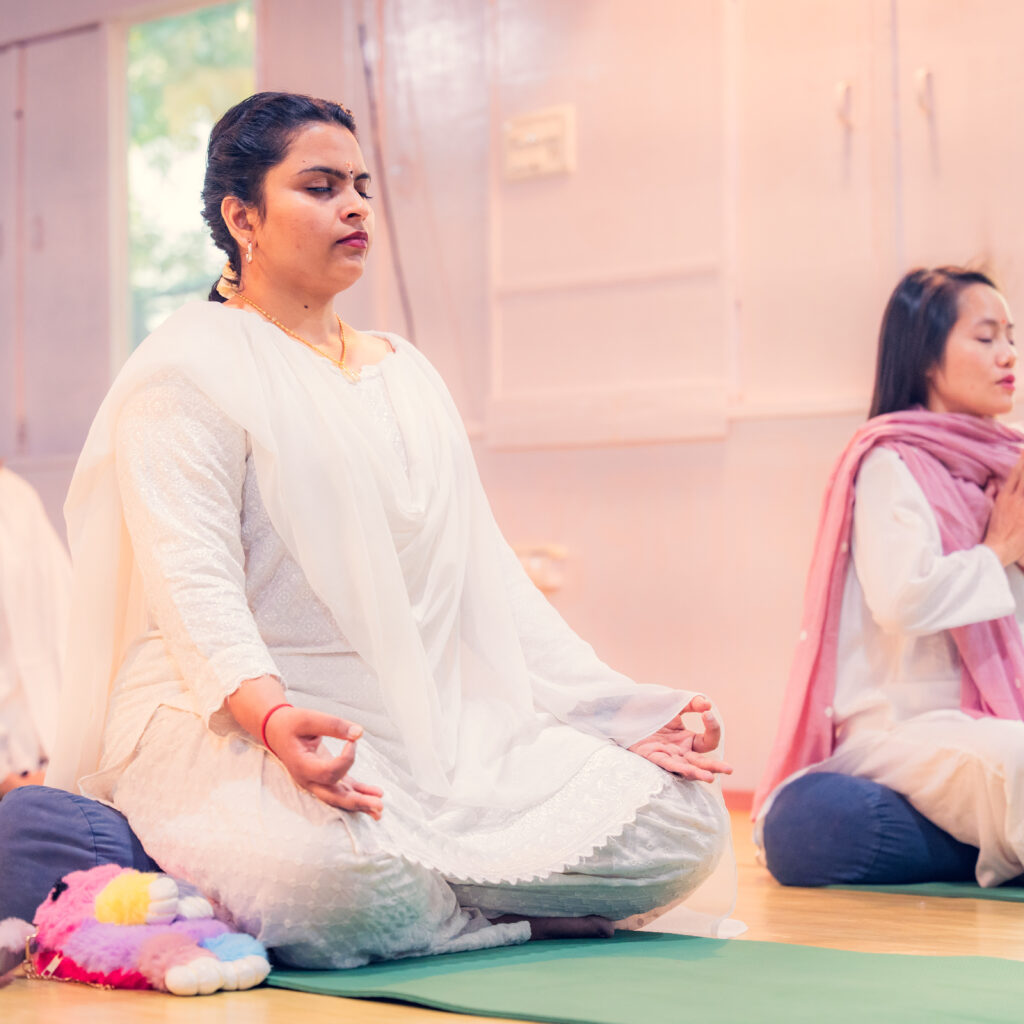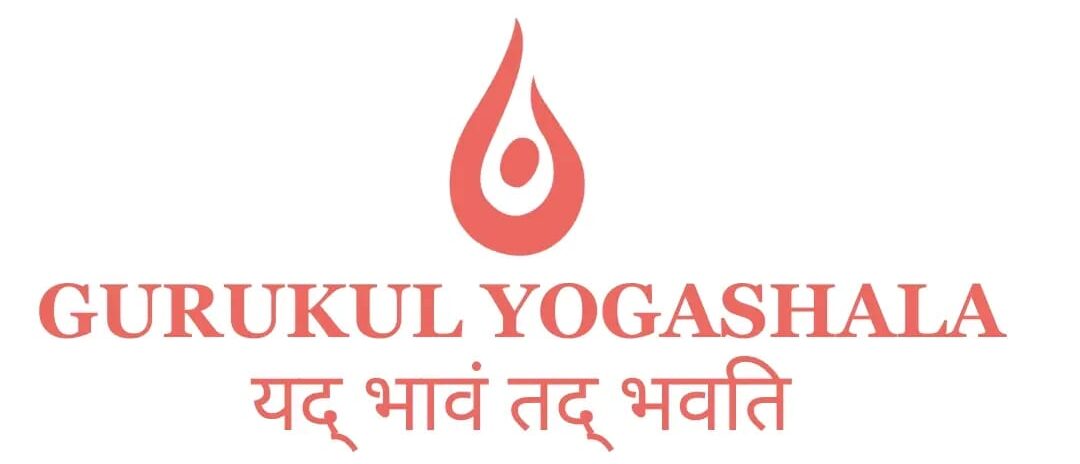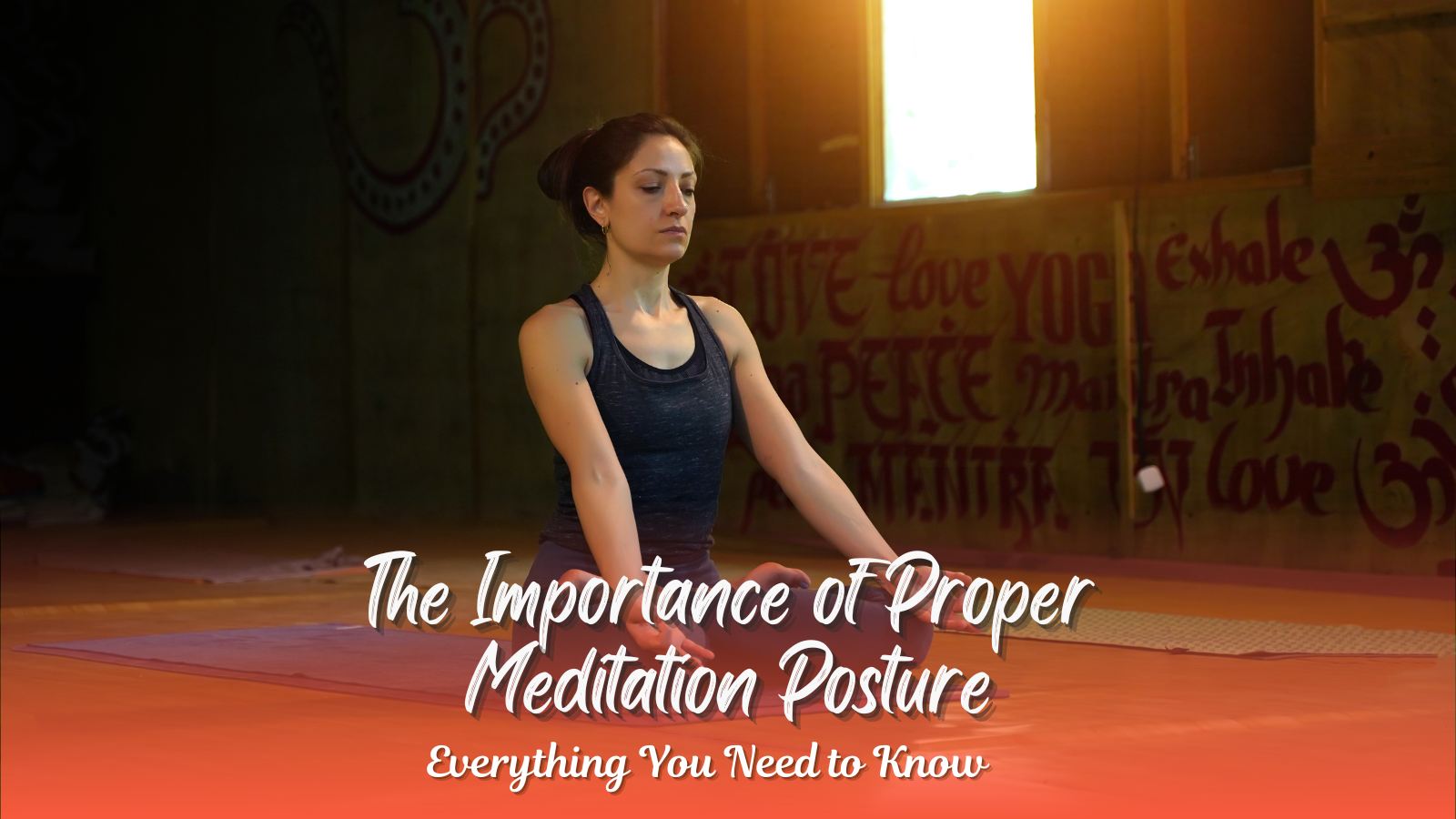Many people practice meditation, yet often wonder if their posture is correct. A quick scroll through social media reveals many incorrect practices. Just like in asana, posture in meditation is crucial. Incorrect posture can hinder your progress or even lead to discomfort. If you’re seeking to refine your meditation practice, consider a yoga teacher training school in Rishikesh. Gurukul Yogashala, a leading traditional yoga school in India, offers in-depth knowledge on this essential aspect of meditation. This article will also provide valuable insights into achieving the proper meditation posture.
The Importance Of Proper Meditation Posture
While various meditation techniques exist, the number of effective meditation postures is relatively limited. Maintaining an erect spine is paramount for alertness during meditation. Regular practitioners can explore different postures to find what resonates best. Props such as cushions, bolsters, and yoga bricks can aid in achieving optimal positioning. These nuances are explored in detail in a 200 hour yoga teacher training course in Rishikesh, where experienced teachers, who have dedicated years to perfecting their own practice, provide expert guidance.
Proper posture is essential for minimizing distractions and accessing deeper states of consciousness. Meditation heavily relies on breath control, and correct posture facilitates deeper, more focused breathing. While sitting is the most common meditation posture, kneeling, lying down, and standing positions are also practiced. Let’s explore four key meditation postures:
1. Sitting Posture for Meditation
The sitting posture is the most prevalent. When sitting cross-legged, use a blanket or cushion to elevate the hips slightly above the knees, promoting an erect spine. Sitting on a chair with feet flat on the floor is also a viable option. When seated, adhere to this seven-point meditation posture checklist:
- Comfortable Seating: Find a comfortable seated position, whether on a mat with crossed legs (Burmese meditation posture or similar) or on a chair.
- Erect Spine: Maintain a naturally straight spine, avoiding slouching or excessive arching. This is key for proper meditation posture.
- Hand Placement: Rest your hands gently on your lap, knees, or by your sides, optionally incorporating a mudra. Keep them still throughout the practice.
- Relaxed Shoulders: Ensure your shoulders are relaxed, not hunched or overly extended.
- Tucked Chin: Gently tuck your chin towards your chest at approximately a 20-degree angle, keeping your head straight to maintain a relaxed neck.
- Relaxed Jaw: Relax your jaw muscles by gently moving your jaw side to side and up and down.
- Soft Gaze: Either close your eyelids or maintain a soft, unfocused gaze on a point in front of you. This is the correct buddhist meditation posture whether the eyes are open or closed.

2. Kneeling Posture
Kneeling is another beneficial meditation posture, particularly for floor meditation. Use pillows or a folded blanket under your knees for support and to prevent discomfort. This support helps maintain spinal alignment. Relax your hands or rest them on your knees. This posture can be helpful for those who struggle to maintain an erect spine in a cross-legged position. Keep the neck and head relaxed with the chin slightly tucked. This is a common meditation posture for beginners.
3. Lying Down Position
Some prefer meditating while lying down, especially at night. Comfort is essential. Prop your head slightly with a pillow or place a cushion under your knees. Gently elongate your spine and stretch your legs. Rest your hands on your chest, stomach, or sides, whichever feels most natural. Focus on your breath for optimal results.
4. Standing Position
Standing meditation can strengthen the body and is suitable for those who find sitting uncomfortable. Plant your feet firmly on the ground, visualizing a connection to the earth. Relax your limbs by gently shaking them. Ensure there’s no tension in your body. You can close or keep your eyes open. If you notice any tension, consciously relax.
Using Props in Meditation
Experienced teachers at a yoga teacher training school in Rishikesh like Gurukul Yogashala can guide you on the appropriate use of props. Props enhance comfort, promote focus, and support proper meditation posture. Cushions, blankets, and mats reduce discomfort during extended sitting. Eye bands block out excess light. Japa malas and singing bowls can enhance the meditative environment. Candles and incense can further enhance the spiritual atmosphere, as taught in comprehensive yoga teacher training courses in Rishikesh.
These accessories engage your senses and anchor you to the present moment. Mats and blankets provide a soft surface, preventing back or knee pain during prolonged sitting. Gurukul Yogashala’s experts offer personalized guidance on prop selection. A professional yoga teacher training course in Rishikesh is invaluable for those seeking a deeper understanding of this holistic practice.
Challenges Faced by Meditators
Even with comfortable clothing and a conducive environment, challenges can arise during meditation. Teachers in programs like a 300 Hour Yoga Teacher Training in Rishikesh or a 500 Hour Yoga Teacher Training in Rishikesh, can offer solutions and guidance on prop use and other techniques. Finding the right meditation posture is crucial for maximizing benefits.
Common challenges and solutions include:
- Difficulty Focusing: Teachers may guide you in breath counting to improve focus.
- Head Nodding (Drowsiness): Consciously engage your core and maintain an erect spine.
- Difficulty Visualizing: Teachers can guide you through visualization exercises.
- Difficulty Relaxing: Soft music can aid in relaxation.
- Slumping: Use folded blankets or cushions under your hips or knees for support.
These challenges are often addressed in structured programs like a 200 Hour Ashtanga Yoga Teacher Training in Rishikesh or other Ashtanga Yoga Teacher Training in Rishikesh programs.
Benefits of Correct Meditation Posture
- Protects your back from injury during extended sitting.
- Reduces stress (incorrect posture can increase it).
- Improves focus and concentration.
- Promotes a sense of groundedness.
A retreat or training course, especially at a reputable Yoga School in India like Gurukul Yogashala, provides comprehensive knowledge of proper meditation postures.
Conclusion
Enroll in a 200 hour yoga teacher training course in Rishikesh at Gurukul Yogashala to deepen your understanding of this transformative practice. You’ll receive expert guidance and address physical, mental, and emotional challenges. Gurukul Yogashala provides a rich learning environment for students of all levels, offering the best Yoga Teacher Training in Rishikesh. Whether you’re interested in a 200 Hour, 300 Hour, or 500 Hour program, or even specialized Ashtanga training, Gurukul Yogashala is a great choice.


